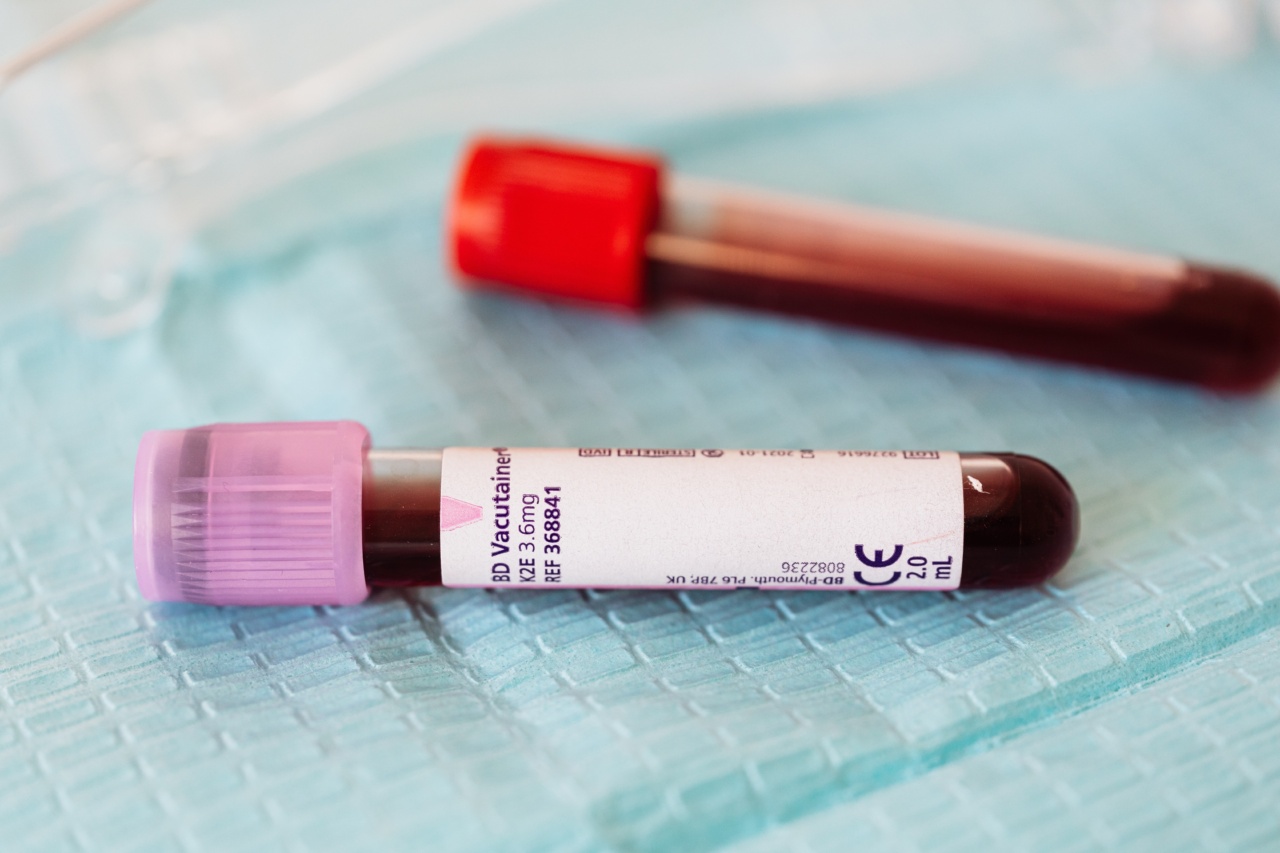Melanoma, the deadliest form of skin cancer, affects millions of people worldwide. Early diagnosis and treatment are crucial for improving survival rates, but current screening methods can be invasive and often require a skin biopsy.
However, medical researchers have recently made significant progress in developing a groundbreaking blood test for melanoma detection. This non-invasive and highly accurate test has the potential to revolutionize melanoma diagnosis and improve patient outcomes.
The Challenge of Melanoma Diagnosis
Melanoma is a type of skin cancer that develops when pigment-producing cells called melanocytes mutate and grow uncontrollably. It can occur anywhere on the skin and may even spread to other parts of the body if not detected and treated early.
Traditionally, dermatologists have relied on visual examination and dermoscopy, which involves using a magnifying instrument to examine the skin, to identify suspicious moles or growths that may be indicative of melanoma.
However, these methods are subjective and can sometimes result in false positives, leading to unnecessary biopsies and anxiety for patients. Additionally, some melanomas may be visually indistinguishable from benign skin lesions, making accurate diagnosis challenging.
 .
.
Introducing the Melanoma Blood Test
Researchers have been exploring alternative methods for diagnosing melanoma more accurately and non-invasively. One groundbreaking approach that has shown great promise is the development of a blood test for melanoma detection.
The blood test works by analyzing specific biomarkers associated with melanoma in the patient’s blood sample. These biomarkers can be genetic, epigenetic, or related to the expression of certain proteins.
By examining these biomarkers, the test can identify the presence of melanoma cells or the risk of developing the disease.
The development of this blood test has been enabled by advancements in genetic and molecular analysis techniques.
Researchers can now identify unique genetic signatures or detect specific proteins associated with melanoma, even in early stages of the disease.
The Advantages of the Melanoma Blood Test
The introduction of a blood test for melanoma detection offers several important advantages over traditional diagnostic methods:.
1. Non-invasive:
The blood test eliminates the need for invasive skin biopsies, making it more comfortable and less stressful for patients. It also reduces the risk of infection or scarring associated with biopsy procedures.
2. Higher Accuracy:
The blood test can detect melanoma cells or risk factors with a high degree of accuracy. This reduces the chances of false positives and false negatives, enabling more reliable diagnosis and treatment planning.
3. Early Detection:
Early detection is key to improving melanoma survival rates. The blood test can identify melanoma cells or risk factors even before visible symptoms appear or are detectable by other screening methods.
This early detection allows for prompt intervention and treatment.
4. Monitoring Disease Progression:
The blood test can also be used to monitor disease progression and treatment effectiveness in melanoma patients.
By regularly analyzing the patient’s blood, doctors can adjust treatment plans and assess the impact of therapeutic interventions without additional invasive procedures.
The Future of Melanoma Diagnosis
The development of a groundbreaking blood test for melanoma detection represents a significant step forward in the field of skin cancer diagnosis.
As more research is conducted and the test further refined, it has the potential to become a routine screening tool, implemented alongside traditional methods like visual examination and dermoscopy.
Furthermore, the blood test may serve as a valuable tool for monitoring individuals at high risk of developing melanoma.
People with a family history of the disease or who have previously had melanoma or precancerous lesions can undergo regular blood tests to detect any signs of malignancy at an early stage.
However, it’s important to note that the blood test should not replace regular visits to dermatologists or the practice of sun-safe behaviors. It should be seen as a supplementary tool to aid in early detection and improve overall outcomes.
Conclusion
The development of a groundbreaking blood test for melanoma detection is a significant breakthrough in the field of skin cancer diagnosis.
This non-invasive and highly accurate test has the potential to revolutionize melanoma detection, enabling early intervention and improving survival rates.
While further research and refinement are needed, the rapid advancements in genetic and molecular analysis techniques raise hopes for a future in which regular blood tests become a routine part of melanoma screening.
As technology progresses, the day may come when melanoma is detected and treated at the earliest stages, saving countless lives.

























